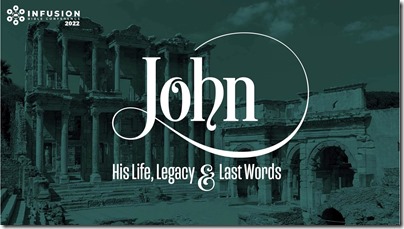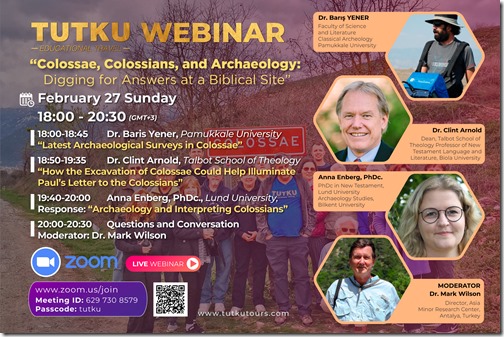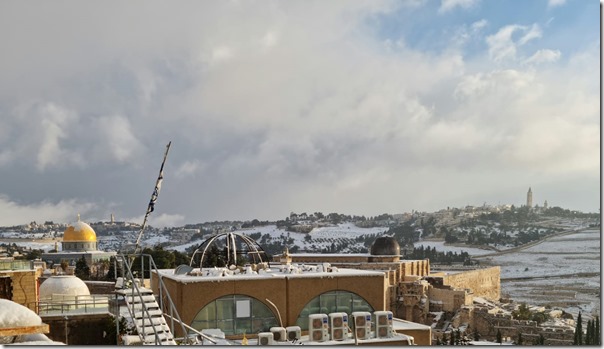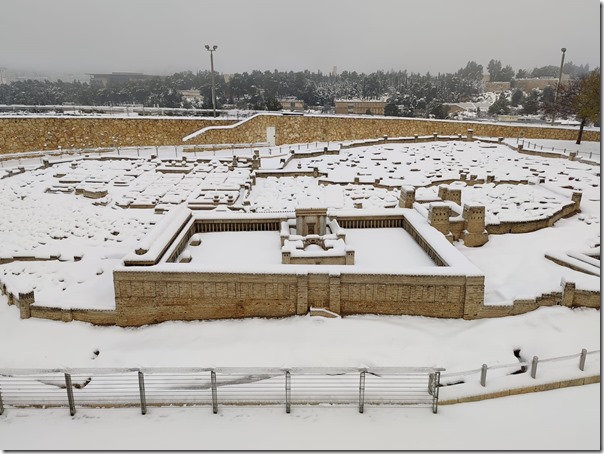A cache of embalming materials was discovered in a tomb in Abusir dating to the 26th Dynasty.
A number of museums in Egypt are planned to open or re-open in 2022.
Marissa Stevens looks at structural similarities between two civilizations that had no contact with each other: Egypt’s New Kingdom and China’s Han Dynasty.
An Elamite inscription attributed to Xerxes has been discovered at Persepolis.
Tom Garlinghouse has written a primer on the ancient Persians.
More looting of Palmyra has occurred in recent days.
“The Jordanian Antiquities Ministry and the US Embassy in Jordan held a ceremony in Jordan’s capital, Amman, on Tuesday showcasing the objects that were ‘illegally smuggled from Jordan and obtained by an antiquities collector in the United States.’”
“A shipwreck originating from the Greek island of Rhodes, dating back to the third century AD, was found in the depths of the Gulf of Fethiye.”
Carl Rasmussen shares photos of Vespasian’s Temple of Peace, where Josephus says he placed the golden vessels from the Jerusalem temple.
Tzilla Eshel suggests that there may have been multiple places named Tarshish in biblical times, on the basis of Phoenician inscriptions and the chemical fingerprint of silver.
The Database of Religious History “is intended as a platform for unprecedented academic collaboration, reflecting a commitment to rigorous, scholarly standards and a deep appreciation for interdisciplinary work in the sciences and humanities.” It is free and no registration is required.
ASOR webinar on March 8: “Where Are They Now?: A Preview of 2022 ASOR-Affiliated Fieldwork Projects,” with Michael Given, Xenia-Paula Kyriakou, Stephen Batiuk, Monique Roddy, Kent Bramlett, Friedbert Ninow, and Michael Hoff.
Online lecture on March 9: “How Did Roman Painters Create Frescoes?,” by John Clarke
ASOR webinar on March 20: “Uncovering What is Nubian Beneath the Veneer of Egyptianness: Excavating the Archives,” by Debora Heard.
HT: Agade, Joseph Lauer, Arne Halbakken, Explorator



